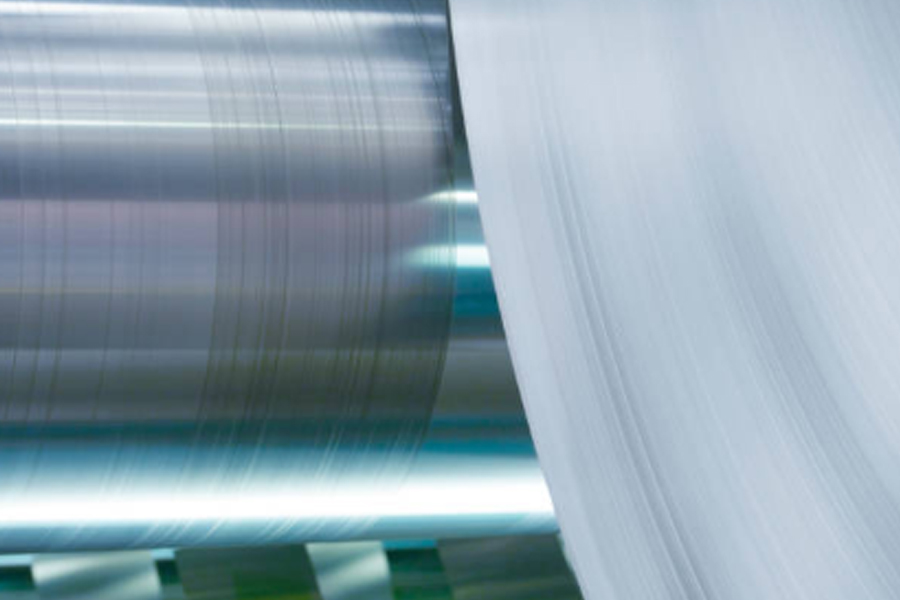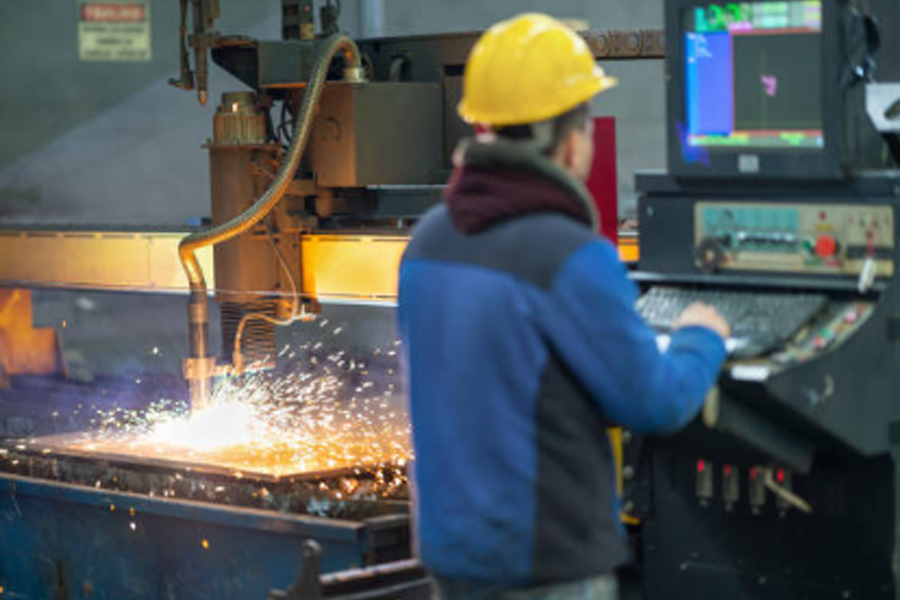
Automated welding of thin metal plates
Release time:2024-12-09 Click:106With its great performance and realization of the transition of effective connection, the automated welding technology of metal sheets is displaying its significant technical attractiveness in the fast growth of manufacturing period.
Highly reliant on modern welding robots is automated metal sheet welding. These robots can precisely execute welding operations based on preset programming and include highly exact motion control systems. Whether it's a straight or a complicated curved weld, they can flexibly move welding guns in a limited area and perform welding with very great accuracy, thus controlling the mistake within a rather short range. For instance, a lot of metal sheet pieces in the manufacturing of vehicle bodywork must be spliced and welded. With automated welding robots, each welding point is firm and exact in size, which is an effect that is impossible to accomplish stably with conventional hand welding substantially enhancing the quality consistency of the product.

Effective connectivity in automated welding systems depends mostly on intelligent sensing technologies. Welding equipment can detect the position, shape, weld gap and other information of metal sheets in real time using laser sensors, sight sensors, etc. Should the thin plate experience a minor displacement or deformation during the welding process, the sensor will rapidly record the change and feed the data back to the control system, so immediately adjusting the welding parameters—such as welding current, voltage, welding speed, etc., so ensuring that the welding process is always in the best state. By essentially avoiding welding faults resulting from the instability of the thin plate, this real-time monitoring and adaptive adjustment capacity significantly increases the success rate and efficiency of welding.
One additionally highlights automated welding of metal thin plates as digital management of welding process parameters is really remarkable. By use of computer software, operators may pre-set comprehensive welding process parameters based on the material, thickness, welding requirements, etc. of the metal thin plate and dynamically modify these parameters throughout the welding operation. For instance, the system can automatically switch to the matching optimal current and voltage combination to guarantee that the weld depth and width meet the criteria while not generating problems such burn-through or incomplete penetration of the thin plate due to inappropriate parameters for welding stainless steel thin plates of different thicknesses. Apart from raising the welding quality, this digital and intelligent parameter management approach greatly reduces the welding preparation time and accelerates the production rhythm.

Furthermore reflecting the performance of automated welding of metal thin plates is their great speed continuous operating capacity. Human physical strength and tiredness have no bearing on automated welding equipment; it can continuously and for a long period complete welding job. Many welding robots cooperate on big-scale metal sheet manufacturing lines to rapidly finish a lot of welding jobs. Automated welding production lines, for instance, can quickly join numerous thin plate components into whole shells in the manufacturing of metal shells of air conditioner outdoor units, thereby considerably enhancing production efficiency and satisfying the requirement for fast product delivery.
Furthermore encouraging the gathering and analysis of welding data is automated metal sheet welding. The system notes the parameters and quality control data of every welding operation. Big data analysis technologies allow the welding process to be constantly refined, equipment problems to be foreseen, and welding's dependability and efficiency to be raised even further.
Completely illustrating the effective linking strength of science and technology with modern robotics technology, intelligent sensing, digital process control and strong data management skills is automated welding of metal sheets. Its major benefits are in raising manufacturing efficiency, enhancing product quality, and lowering production costs. It will be more significant in the future manufacturing sector and is moving the metal sheet processing sector forward in the direction of intelligence and efficiency.